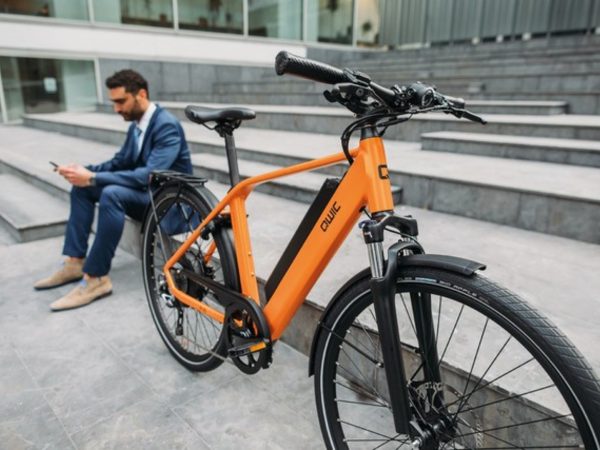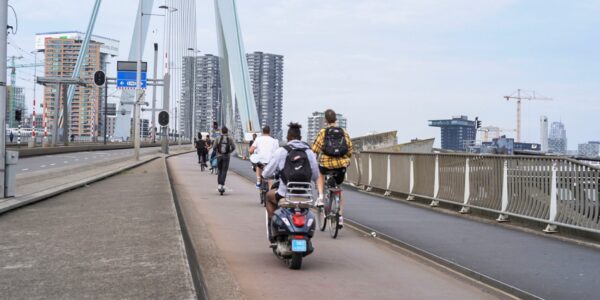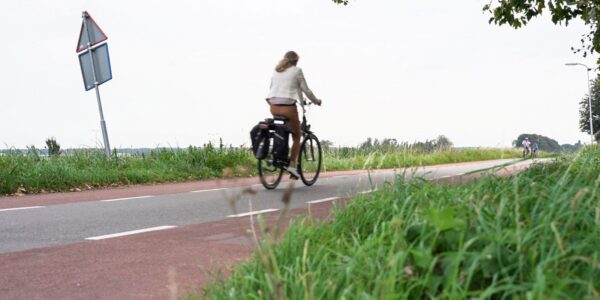In 2018, 409,000 new E-bikes were sold, a doubling compared to 5 years previously and more than one hundred thousand more than a year earlier. The electric bike was even the most-sold model and pushed the traditional city bike off the throne. Two out of five new bikes sold today is an E-bike. The expectation is that this will increase: the image of the E-bike has changed. A few years ago, it was seen as a bicycle for the elderly; today, more and more people under the age of fifty are switching to the E-bike.
More than a quarter of all Dutch cyclists cycle every day. The bike is mainly used to go to work or school. People cycle more often and further for education, but the Dutch are also choosing the bicycle more often for work and leisure as well. More than a quarter of all journeys and almost a tenth of all kilometres covered by the Dutch are by bicycle. And an increase is expected, especially in the business purchase and use of the E-bike, since the tax rules for the business use of the bicycle have been simplified as of January 1, 2020. According to BOVAG, this will lead to an increase in the purchase of an E-bike for business use to around 150,000 additional bikes per year.
Every time someone gets on a bike, the E-bike covers an average of 5 kilometres and a regular bike 3.5 kilometres. Twenty per cent cycle beyond 7.5 kilometres and eight per cent beyond 15 kilometres. The expectation is that with the increasing purchase of E-bikes by different age categories, the average number of kilometres will increase. The E-bike can be a huge incentive to get employees who live within a radius of 7.5 kilometres of their work, who usually travel by car, on bicycles. The E-bike lowers the threshold and stimulates the social and economic benefits of the bicycle. The purchase of an E-bike could be an employment benefit.








